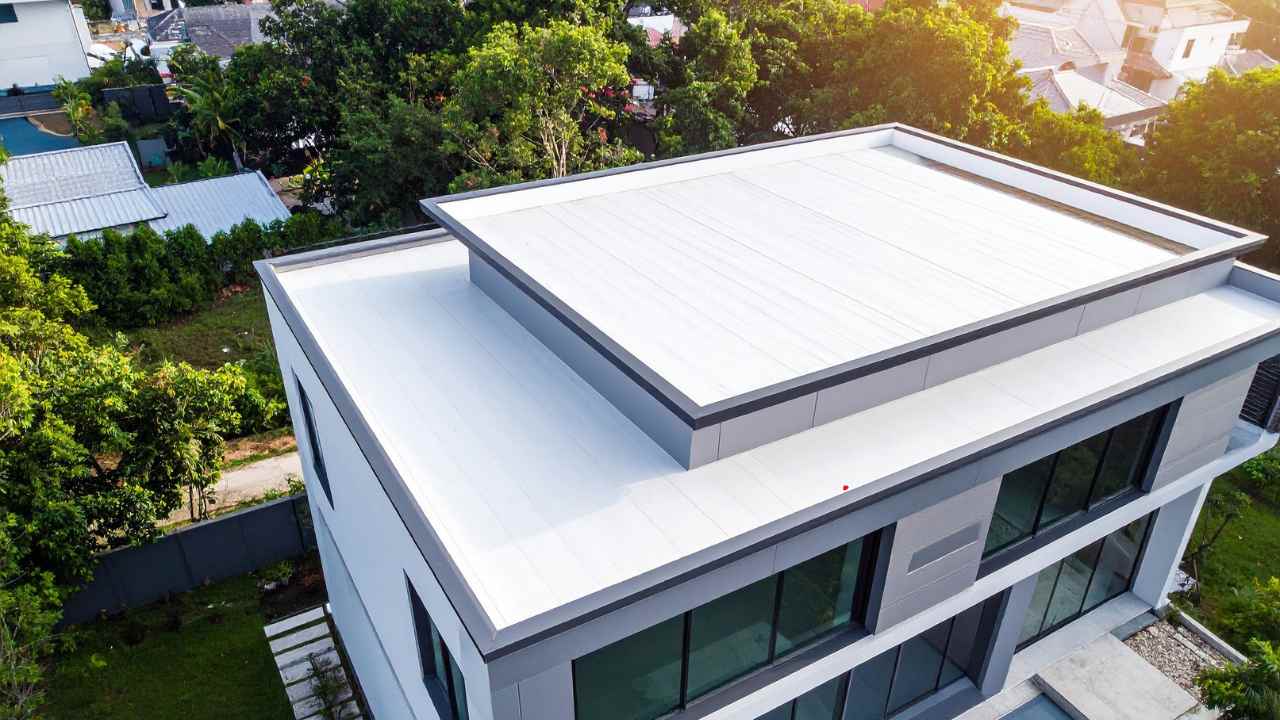
How to Maintain a Flat Roof and Avoid Emergency Repairs
Flat roofs look simple, but they’re not a “set it and forget it” part of your home. They need consistent care if you want them to last—and if you prefer to avoid surprise leaks during a storm. Many homeowners look for residential roof repair Lakeland Florida service providers only after things go wrong, but with the right habits, most emergencies never need to happen. If you’re searching for dependable guidance, Feichtel Roofing of Lakeland is known for having a reliable roofing team ready to help homeowners stay ahead of costly issues.
This guide walks you through what to watch for, what to maintain, and how to keep your flat roof in solid shape year-round.
Why Flat Roofs Need Special Attention
Flat roofs don’t shed water the way sloped roofs do. Water sits longer, debris piles up faster, and small problems become big ones if you ignore them. Think of your flat roof as another outdoor system—like your driveway or your deck—that needs periodic maintenance.
A few reasons flat roofs need more care:
Water drains more slowly
UV exposure breaks down materials faster
Debris can trap moisture
Small punctures spread quickly
These risks don’t mean flat roofs are bad; they just mean you need a plan. And once you understand the trouble spots, upkeep becomes easy.
Regular Inspections Make All the Difference
If you only do one thing for your flat roof, make it routine inspections. Twice a year is the bare minimum, but quarterly is even better—especially after storms.
During each inspection, check for:
Standing water
Cracks or blisters in the roofing material
Soft spots
Loose seams
Damaged flashing
New vegetation growth (a bad sign)
Catch these early and you’ll dodge major repairs. Most issues can be patched quickly when discovered early.
Keep the Roof Clean and Debris-Free
Debris is the silent enemy of flat roofs. Leaves, branches, and dirt clog drainage points, trap moisture, and weigh the roof down.
Plan a cleaning schedule that includes:
Clearing drains and scuppers
Removing debris after storms
Sweeping away leaves once every month during fall
Washing off mold or algae buildup
A clean roof is a healthy roof. The more often you clear it, the less stress you put on the materials underneath.
Don’t Ignore the Drainage System
Your drainage system is your flat roof’s lifeline. When it clogs, water stays on the rooftop—and water that stays becomes water that seeps.
Make sure to:
Test drains for blockages
Inspect gutters for sagging or overflow
Ensure downspouts flow away from the home
Look for water stains that hint at poor drainage
If you notice pooling in the same area after every rain, that’s a sign a professional should evaluate the slope or the membrane.
Case Study: A 10-Minute Fix That Prevented a $5,000 Repair
A homeowner in Lakeland noticed a small puddle forming on the far corner of their flat roof after a storm. It didn’t look serious—just a few inches of water. Instead of ignoring it, they called a roofing specialist. The culprit? A blocked drain caused by a handful of leaves and two palm seeds. The roofer cleared the drain in less than 10 minutes. If the homeowner had waited, the weight of the standing water could have caused sagging, leaks, and a full membrane replacement. One quick check avoided thousands in damage.
Know When to Call a Professional
DIY inspections are great, but don’t skip professional maintenance. A roofing crew knows how to spot early warning signs that most homeowners overlook.
Call a pro if you see:
Persistent pooling
Visible cracks
Membrane bubbling
Signs of interior leaks
Flashing pulling away from walls or edges
Staying proactive saves far more money than waiting until water is dripping inside your home.
Final Thoughts
A flat roof doesn’t have to be high-maintenance. With simple routine checks and consistent cleaning, you can keep it strong for years. If you want peace of mind, schedule a professional inspection—your roof (and wallet) will thank you.
Ready to protect your home? Get a roof maintenance plan in place before the next storm hits.

